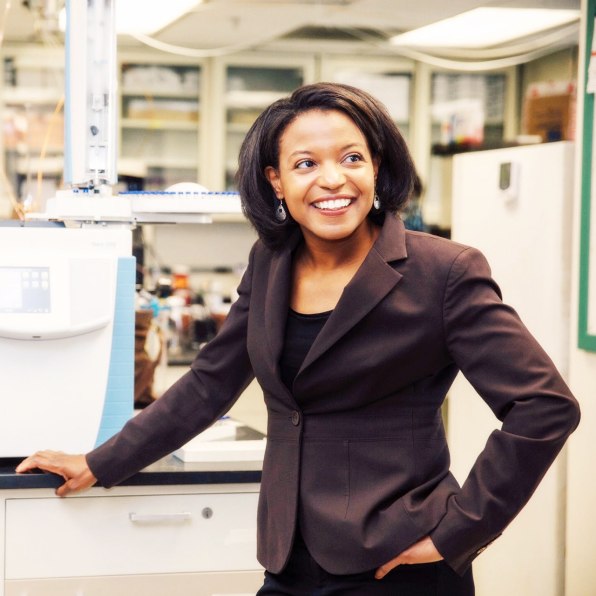Source: fastcoexist.com
Published: August 3, 2016

[Photo: Thomas Lefebvre via Unsplash]
Today’s palm oil plantations are a huge climate polluter. A new company wants to create a product that eats CO2 instead.
In the 1950s, researchers at food companies started experimenting with a new ingredient from Malaysia. Palm oil, with its high melting point, turned out to be ideal for making everything from cookies to fried foods. Today around half of all the packaged food in a grocery store, along with shampoo and other personal care products, uses palm oil.
As palm oil production grows–production doubled in the 2000s, and will likely double again this decade–the problems that go along with cultivating it are also growing. As plantations replace rainforests, the industry has put the Sumatran orangutan on the critically endangered list. In 2015, burning rainforests in Indonesia released more climate pollution, day by day, than the entire U.S. economy.
Because manufacturers haven’t found any viable alternative to palm oil yet, they keep buying it, and even though many brands have committed to buy “sustainable” palm oil, it’s hard to track management practices. A new Bay Area-based biotech startup called Kiverdi has a different solution: a synthetic palm oil, made from carbon dioxide.

The company uses microbes to transform waste carbon from industry into the new oil inside bioreactors. “You can think about the process as being similar to brewing beer, but instead, we are brewing replacements to plant-based oils and protein, and we use carbon dioxide and other gases as an input to the process,” says Lisa Dyson, cofounder and CEO of Kiverdi.
Dyson and a colleague were inspired by early NASA research in the 1960s, which examined how microbes could be used in space to recycle carbon dioxide (from astronauts’ breath) into food, in a closed-loop cycle. Kiverdi’s new process is similar, and can be used to recycle CO2 into a variety of products. So far, the company is focusing on its palm oil alternative, PALM+, and MicroFeed, a protein-rich meal that can be fed to fish in aquaculture.
“One of the challenges to bringing new innovations to market is finding the early adopters who will work with innovators through scale-up and commercialization,” says Dyson. “Our approach at Kiverdi is to partner along the value chain. We work closely with partners to identify pain points where our process can provide solutions. We start by performing a techno-economic assessment to identify the high return opportunities to jointly pursue. In this way, we are working to scale only those options that make good economic sense.”
The products are still in development, but should be possible to make more cheaply than palm oil or conventional fish feed. Production takes hours, not months, and can run on renewable power. It takes far less land; the company’s new MicroFeed can produce 10,000 times more protein in the same amount of land as growing soybeans. Oils can also be made to order for customers, with specifications that are better, potentially, than plant oils. It’s a way to make use of carbon pollution. And the new process can also help meet demand as the number of global consumers for packaged food or products like shampoo quickly grows.
“As the demand for this raw material continues to rise, one could imagine meeting that demand by using a process that uses significantly less land and water, in addition to using carbon dioxide as a building block,” says Dyson.
